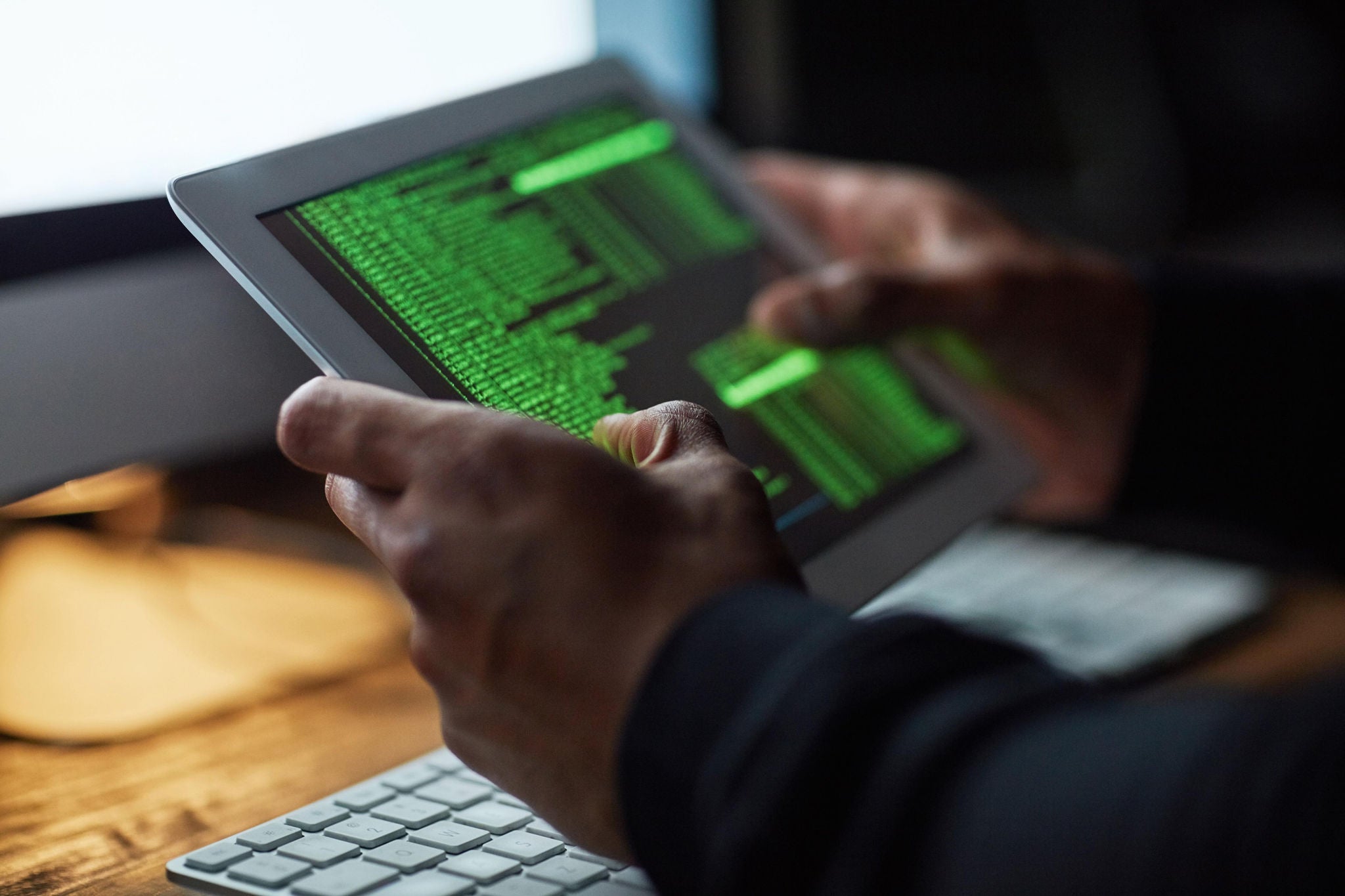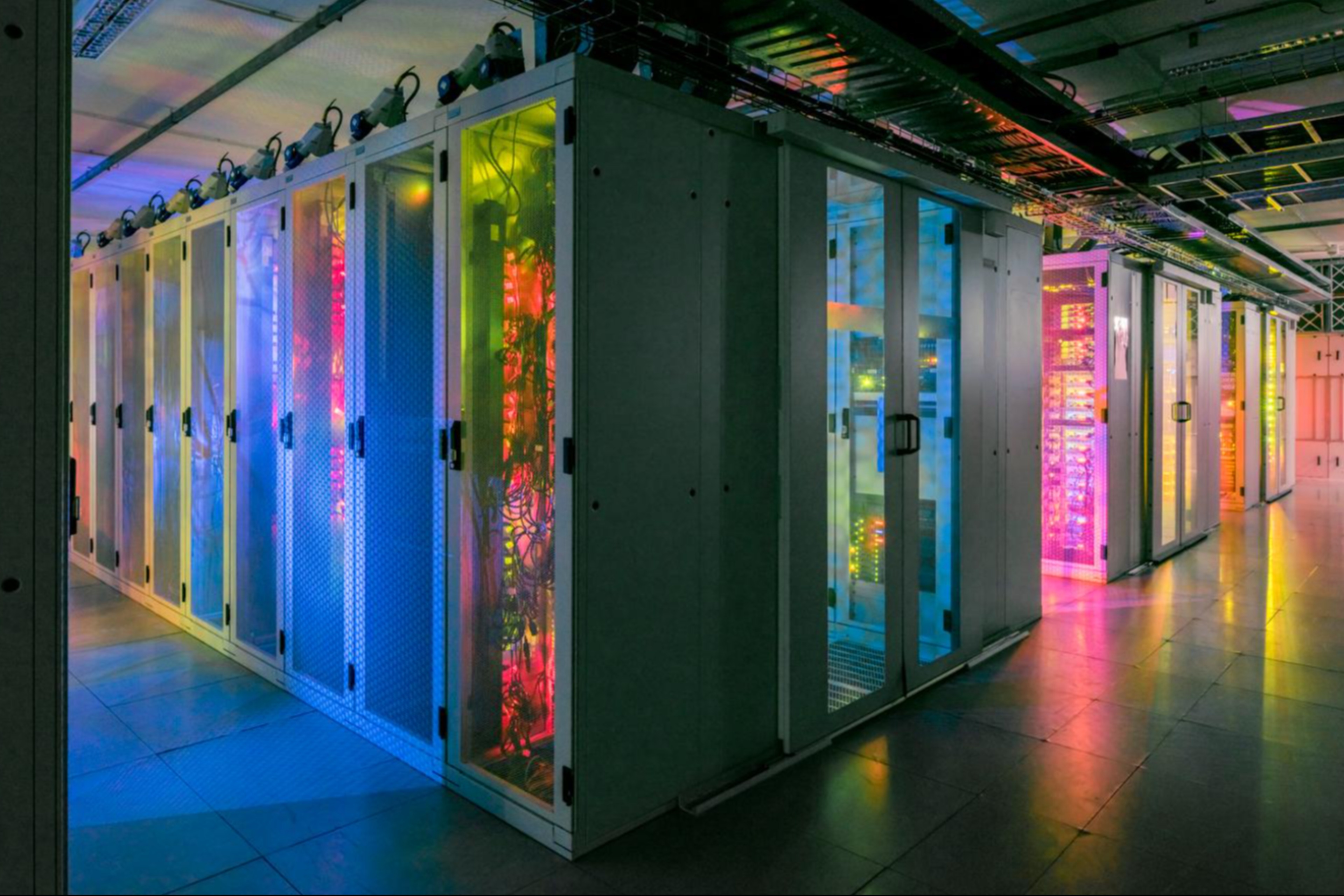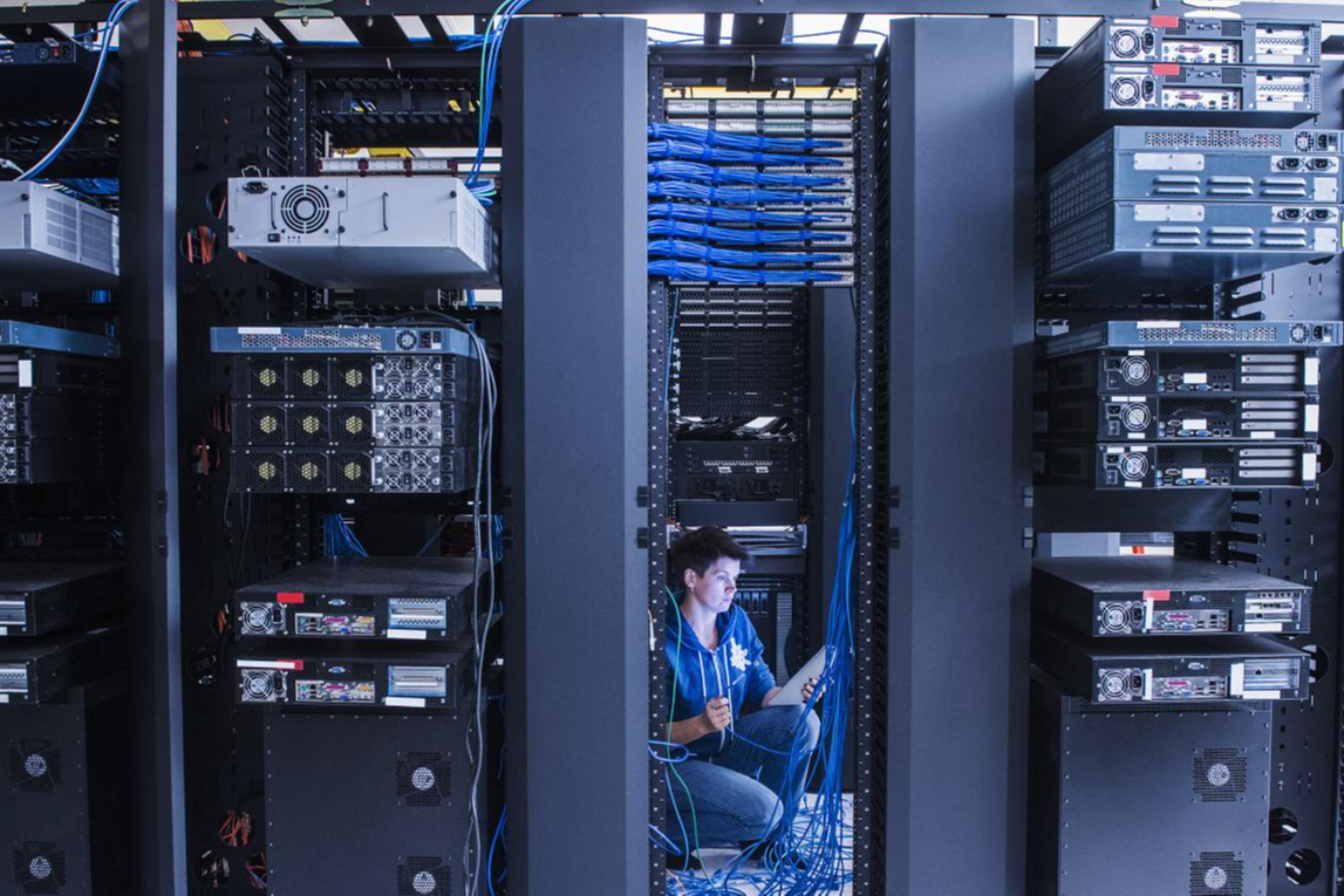EY refers to the global organization, and may refer to one or more, of the member firms of Ernst & Young Global Limited, each of which is a separate legal entity. Ernst & Young Global Limited, a UK company limited by guarantee, does not provide services to clients.
How EY can Help
-
The EY Cyber Incident Resilience and Response solution provides ongoing incident management and uplift services across business lines. Learn more.
Read more
Cultivating an organization-wide culture of security
A key aspect of the modern CISO’s role is fostering a culture where security is everyone’s responsibility. By promoting awareness and integrating security practices into daily routines, CISOs empower every team member to contribute to the organization’s cybersecurity posture. This collaborative approach extends beyond the IT department, involving executives and new hires alike in maintaining a secure business environment.
Building a cybersecurity dream team is now a priority, with CISOs looking beyond technical knowledge to include individuals who understand various aspects of the business. Empowered by continuous learning and a shared commitment to security, this diverse team greatly bolsters the organization’s defense against cyber threats.
Proactive risk management and wider influence
The days of CISOs only reacting to threats once they surface are long gone. Today, they are proactive risk managers who identify and prepare for potential cybersecurity challenges well in advance. This proactive stance is vital in an era where cyber threats rapidly evolve, demanding constant vigilance and adaptability. CISOs have also expanded their influence beyond their organizations, collaborating with industry peers, regulatory agencies and law enforcement to sculpt the cybersecurity landscape. By sharing insights and best practices, they not only reinforce their organization’s security but also contribute to the broader fight against cyber threats.
Embracing strategic business leadership in cybersecurity
For CISOs to fully embrace this transformation, they must emerge from the server room’s confines and take their place in the boardroom’s strategic discussions. This requires a profound understanding of both business and cybersecurity while positioning the latter as a key driver of business goals. CISOs are now at the forefront of securely integrating innovation to advance the business, highlighting the importance of a diverse team and an ethos of ongoing learning.





